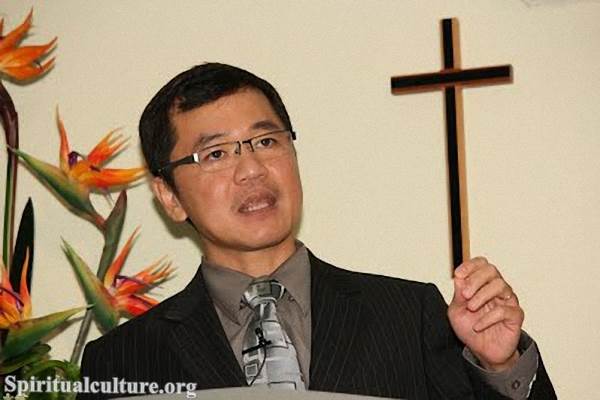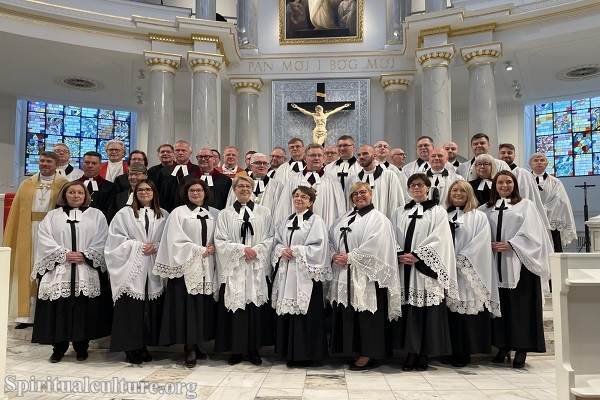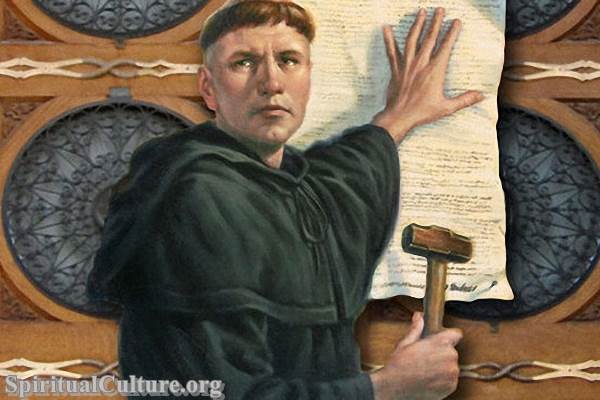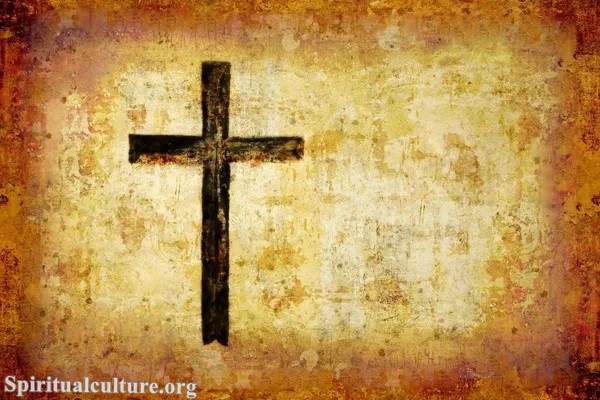In a world that often draws strict lines between the sacred and the secular, between the clergy and the laity, there emerges a powerful and liberating truth that challenges these divisions — the priesthood of all believers. Rooted in Scripture and revitalized during the Reformation, this profound concept proclaims that every believer has direct access to God, carries a sacred calling, and participates in the spiritual life and work of the Church.
As Spiritual Culture, we invite you to enter a deep exploration of this teaching — not merely as a theological idea, but as a transforming vision for how we live, love, worship, and serve. This article will unfold the biblical roots, historical development, and practical implications of the priesthood of all believers. It will ask how this idea can reignite our sense of purpose, demolish false hierarchies, and help us see every moment and every person as holy ground.
The Biblical Foundation of the Priesthood of All Believers
A Royal Priesthood in Scripture
The concept of a universal priesthood is not a modern invention, but one deeply embedded in the biblical narrative. It is God’s own words, spoken through the prophets and fulfilled in Christ, that declare this calling upon His people.
Old Testament Hints of a Broader Priesthood
In Exodus 19:5–6, God tells Moses:
“Now therefore, if you will indeed obey my voice and keep my covenant, you shall be my treasured possession among all peoples… and you shall be to me a kingdom of priests and a holy nation.”
This was not spoken just to the tribe of Levi, but to all of Israel. God desired that the entire nation function as a priestly people — mediators of divine presence, justice, and mercy to the world.
Fulfillment in Christ and the Church
The idea blossoms fully in the New Testament. The apostle Peter echoes Exodus in his first letter:
“But you are a chosen race, a royal priesthood, a holy nation, a people for his own possession…” (1 Peter 2:9)
And Revelation affirms that through Jesus Christ, God has:
“made us to be a kingdom and priests to serve his God and Father” (Revelation 1:6).
Here, we see the vision: in Christ, every believer becomes a priest — not by ordination, but by regeneration. Not through a collar or a robe, but through baptism and faith.
What Does It Mean to Be a Priest?
Understanding the Role of a Priest
In ancient cultures and religious traditions, a priest stands as a mediator — offering sacrifices, representing the people before the divine, and helping connect heaven and earth. In Christ, the final and perfect high priest (Hebrews 4:14–16), this sacrificial system is fulfilled once and for all.
But this does not remove the priestly role — it transforms and multiplies it. Every believer now becomes a living bridge between God and the world.
The New Sacrifices We Offer
As royal priests, we are called to offer new kinds of sacrifices:
- Sacrifices of praise (Hebrews 13:15)
- Lives of holiness (Romans 12:1)
- Acts of love and mercy (Philippians 4:18)
- Prayers for others (1 Timothy 2:1)
This redefines worship not as an event, but a life. Every act of kindness, every honest day’s work, every whispered prayer becomes a priestly offering to God.
A Reformation Rediscovery: Martin Luther and the Breaking of Hierarchies
Luther’s Bold Proclamation
It was Martin Luther who, in the 16th century, tore through the centuries-old wall dividing clergy and laity. He wrote:
“All Christians are truly of the spiritual estate… there is no difference among them except that of office.”
To Luther, ordination did not confer a special holiness. It was simply a functional office — necessary, yes, but not superior in essence. What made one truly a priest was faith in Christ, not ecclesiastical title.
Why This Was So Radical
In a Church that had come to see priests as spiritual elites and ordinary believers as passive recipients, this was revolutionary. It meant:
- The Bible belongs to all, not just scholars.
- Worship belongs to all, not just clergy.
- Ministry belongs to all, not just professionals.
The priesthood of all believers democratized grace, affirming that God speaks, works, and dwells in every believer — man or woman, young or old, learned or unlearned.
Breaking the Sacred-Secular Divide
Seeing All of Life as Sacred
One of the most transformative fruits of this doctrine is the abolition of the false divide between sacred and secular. If every believer is a priest, then:
- A mother raising children offers a holy sacrifice.
- A mechanic repairing engines does priestly work.
- A student studying with integrity serves the kingdom.
Work is not just “what we do for money,” but where we serve God. The world is not just a marketplace, but a sanctuary. Worship is not confined to Sunday, but breathes in every moment.
Dignity in the Ordinary
This elevates the seemingly mundane into the majestic. Brother Lawrence, a 17th-century monk, captured this beautifully:
“We can do little things for God… even picking up a straw from the ground can be an act of love.”
The priesthood of all believers means no task is too small, no place too plain, no life too humble to be holy.
Community and Accountability in the Priesthood
Not Lone Priests, But a Priesthood
To be a priest is not to be independent, but to be interdependent. The New Testament never speaks of the “priesthood of the believer” (singular) but of believers (plural). It is a communal reality.
Each member of the body of Christ:
- Offers unique gifts (1 Corinthians 12)
- Bears one another’s burdens (Galatians 6:2)
- Encourages and admonishes in love (Hebrews 10:24–25)
In this way, the priesthood of all believers is not a call to individualism but to shared ministry and mutual care.
Encouraging One Another’s Ministry
When we recognize each other as priests:
- We honor the voice of the quiet intercessor.
- We support the calling of the single mother who leads prayer in her home.
- We affirm the preacher, not as a spiritual superstar, but as one of many servants.
This re-centers the Church around Christ, not personalities. Around community, not celebrity.
Challenges and Misunderstandings
The Danger of Disregarding Leadership
One common misunderstanding is to see this priesthood as a rejection of all spiritual authority. But Scripture affirms the need for:
- Elders who shepherd (1 Peter 5:1–4)
- Teachers who equip (Ephesians 4:11–12)
- Order and unity in the Church (1 Corinthians 14:40)
The priesthood of all believers does not eliminate leadership, but rather places it in service to the whole body — as equippers, not rulers.
The Need for Spiritual Maturity
Another danger is reducing this doctrine to mere entitlement — “I don’t need anyone, I can do whatever I want.” But true priesthood is marked by:
- Responsibility, not just rights
- Service, not self-expression
- Humility, not pride
We are priests under our High Priest — always in submission to Christ.
What This Means for Worship, Mission, and Identity
Worship: Participation, Not Performance
The priesthood of all believers calls the Church to active worship. Not passive watching, not consumer faith. This means:
- Everyone brings something to offer (1 Corinthians 14:26)
- Liturgies are shared, not performed
- Communion is communal, not ceremonial
Mission: Everyone on the Front Lines
No longer is “ministry” the job of the few. Every Christian is a missionary, sent into their sphere — school, office, home — as a bearer of light.
The world is our parish. And every believer is sent.
Identity: I Am a Priest of the Living God
To embrace this truth is to let it reshape how you see yourself:
- You are not just a spectator in God’s story.
- You are not just a recipient of grace.
- You are a participant. A co-laborer. A priest.
You carry the presence of God into places where no pastor will ever go. You speak words that no pulpit will ever reach. You minister through meals, kindness, prayers, and truth.
This is holy work. And you are called to it.
Reflect and Reimagine
The priesthood of all believers is not merely a doctrine to be affirmed — it is a vision to be lived. It changes how we see ourselves, each other, and the world.
It calls us out of spiritual passivity and into joyful participation.
It reminds us that God is not confined to temples or titles, but walks among us — in ordinary lives made holy by love.
So what about you?
- Where are you called to be a priest today?
- What “ordinary” place in your life is waiting to be recognized as holy ground?
- Who around you needs the gift only you can bring?
As Spiritual Culture, we invite you to step into your sacred identity — not to strive, but to shine. Not to earn, but to serve. Not to stand alone, but to stand with a priestly people, united in love, living in grace, carrying heaven into the everyday.
You are a priest. Walk in that truth.





